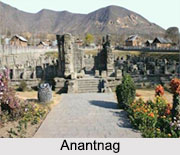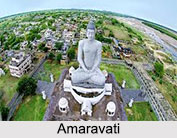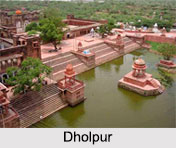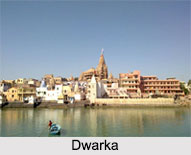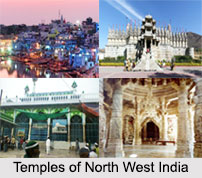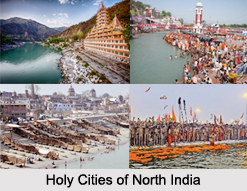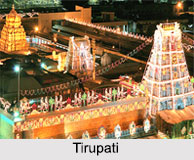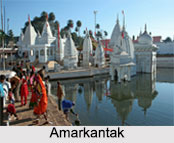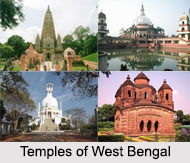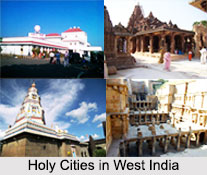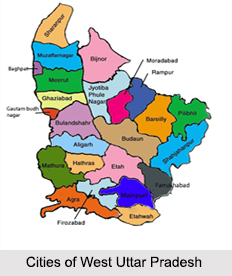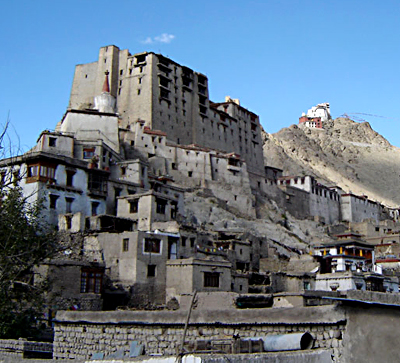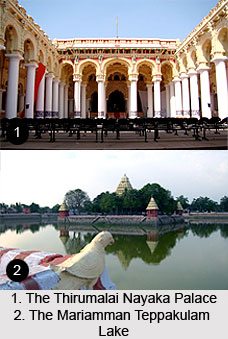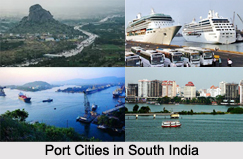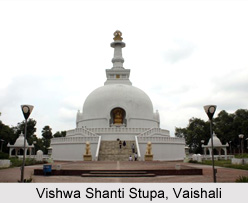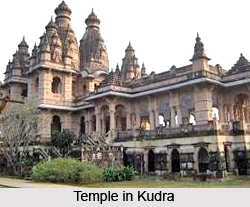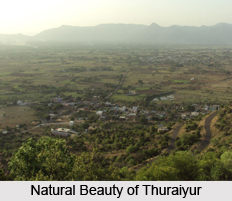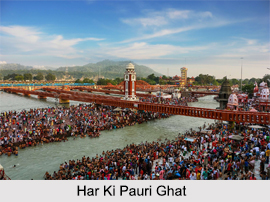Anjar which is admired for the Shrine of Jesal and Toral, the folklore duo where in the tough out law Jesal was chastised by Toral, a Kachchhi Woman is also a centre of fairs. About 40km to the south of Bhuj and bout 10kms from the north east shore of the Gulf of Kutch, stand fourth in terms of population (around 51,209)in the district. Anjar was a trading centre and Tuna and Vavaniya were its important ports. According to local history, Anjar was founded by Ajepal, brother of the king Ajmer (Rajasthan) who became an ascetic in 806, after being defeated by some Muslim invaders.
Anjar has a very interesting history of the 12th to the 19th centuries. Under the ruling of Rao Khengarji (1548-85), Anjar gained important but was later fortified by Maharao Deahalji (1718-51) early in the 18th century. On 25th December 1815 Anjar was attacked by a force under col. East and Tuna was occupied on the next day. In the years following, the fort and dependent villages were handed over to the British and held by them till 1822. In 819 the tower of the fort was destroyed by an earthquake. More than 1500 houses fell down and around 160 people lost their lives. Thereafter Anjar experienced earthquake in 1844,1845,1874,1941 and lastly in 1956.After the spate of six earthquakes a new township called Naya Anjar was established with the joint efforts of the locals and the government.
Important fair held at Anjar are the marked Dada fair, a local saints fair, Ajpal and Shitala mata fair as well as the Jeshal-Toral fair. The Weekly Monday fair in Anjar is hard to miss. Many Rabari, Ahir, Bharwad villages people get together. People dressed in vibrant costumes allure tourist. A very interesting village called Midialo inhabited by Rabari people is 20 kms from Anjar. Anjar is famous for its nut-crackers, knives, swords, batik, block print items, old silver jewellery and Bandhani.
